Theme Month Homeless Aid | What Organizations achieve every day
Imagine you live on the streets and nobody helps you. It’s a scary scenario, isn’t it? Fortunately, there are many organizations that help homeless people every day. We want to focus on their work in our theme month about Homeless Aid and publish a blog post every week about a selected organization from the areas of mobile aid, emergency shelters, medical care, hygiene and special support for homeless women. On our Instagram channel, we accompany the articles with informative reels and stories and look forward to your feedback and questions there!
To provide you with the most important facts in advance, in this post we’ll start with some basics around housing and homelessness and give you an overview of the different areas in which homeless aid organizations are active.
Table of content
Who are the people that Homeless Aid cares for?
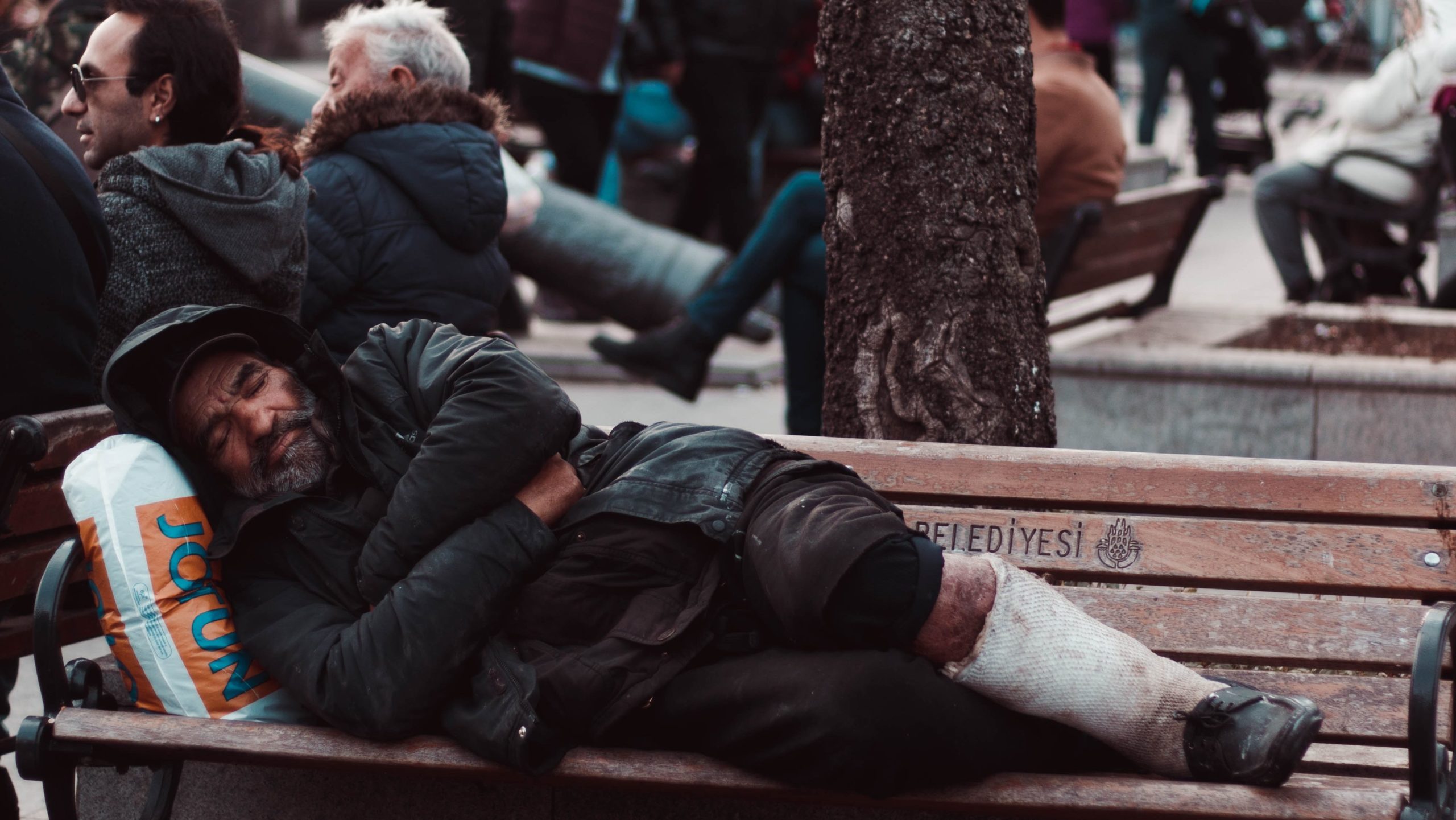
Homeless Aid supports a wide range of people. This includes homeless people – i.e. those who have no fixed residence or no residence at all – as well as those who have a fixed residence but are dependent on e.g. food and donations in kind due to poverty. The BAG Wohnungslosenhilfe e.V. estimates the number of homeless people in Germany at 417,000 in 2020 (including 161,000 homeless fugitives). The share of women is about 33%, the share of underage youth is about 8% and about 30% of the homeless do not have a german citizienship.
A lot of people feel stigmatized and excluded from the “normal” society because of their poverty and lack of means. This is also a reason why many people i.e. do not regularly visit a doctor’s appointment, even though they are insured. For many people, food and clothing distribution points are therefore not only functional places, but also important for encounters and social relationships – even if they have a permanent place to live (again).
How do people become homeless?
The causes of losing their homes and becoming homeless are various and often a combination of factors. These can include:
- Loss of job with no prospect of new employment
- Loss of housing
- Increasing poverty and lack of access to social services and assistance
- Severe personal tragedies or illness
- Mental disorders or addiction
- Migration due to poverty
Often, the cause lies in the absence or collapse of solid structures and security. Once someone has reached homelessness, it is often almost impossible to get out of it again without external help. A major problem is that many of those affected are ashamed of their situation and thus reluctant to actively ask for help. As a result, the support provided by many organizations helping the homeless is designed to be as accessible as possible: For example, through mobile services, it is provided right on site, the aid is provided unbureaucratically (without excessive paperwork), and no one is forced to do anything they don’t want to.
What do the affected people need?
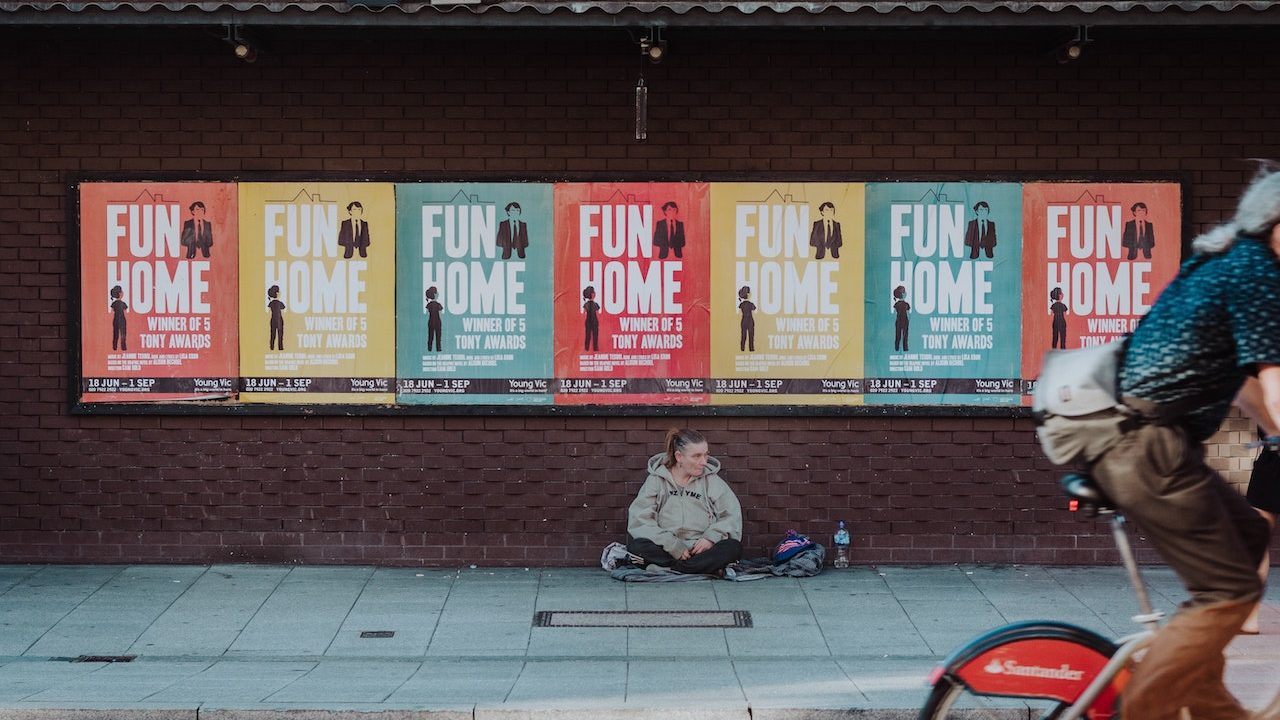
First of all, homeless people have the same basic needs as any of us – food, safety, sleep and social support. By living on the streets, other needs are added. They, for example, lack safe and warm spaces, which are vital, especially in the winter. Without papers or health insurance, a lot of them have no access to basic medical care and even less to treatment options for mental disorders or addictions. Due to the mental condition, social services are also often not collected, resulting in a lack of money. In addition, clean clothing and hygiene are not easily available and coping with everyday life on the streets, which often involves violence, is also a major challenge.
What do homeless aid organizations provide?
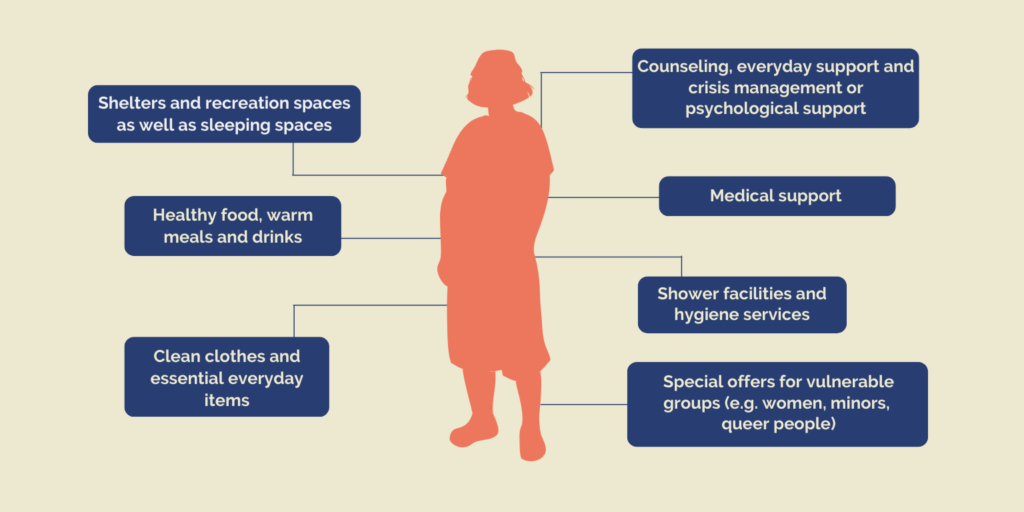
This is exactly where the various aid organizations step in and support homeless people in their everyday lives in a number of different ways. In this article, we do not focus on the organizations themselves, but first provide an overview of the type of support they offer. The following articles will be more concrete, in which we present five organizations and their work at first hand (Link at the end of the article).
Shelters, recreational spaces and sleeping places
Safe spaces are an essential point. As fixed point of contacts, they provide structure and security for people on the streets, in addition to supplying them with food and essential items. In daytime cafés, for example, they can do laundry, get meals and drinks, and simply hang out. Other offers of support and advice are also often provided here on request.
In addition to warm meals, emergency overnight accommodation facilities offer protection from the cold and the weather, as well as from violence, which is unfortunately often a reality on the streets. With the beginning of the cold season, the cold aid service starts on November 1st with different offers all over Germany. You can find a detailed article here.
Another important point of contact are so-called Fixpunkte where drug-addicted people can consume in a clean and safe way. The aim here is not to promote drug consumption, but to provide medical care and low-threshold (non-prejudiced) offers to lead people out of addiction and homelessness.
Healthy food and warm meals
A regular, warm and, in the best case, healthy meal is the second pillar of homeless assistance. In addition to the Tafel, which distributes rescued food to destitute people at fixed stations throughout Germany, there are many fixed food distributions, e.g., by Caritas, Johanniter, or from many smaller initiatives. Here, guests can drop by at scheduled days and times and are served hot meals as well as beverages. In addition, there are mobile services that travel directly to the neighborhoods where homeless and people in need are more likely to be found. Here, again, there are fixed routes and appointments that also provide structure and places to go for people on the streets.
During the cold season, so-called cold aid busses are also on the road, providing people not only with warm food and drinks, but also with warm clothing and sleeping bags. We have collected an overview of emergency numbers of cold aid busses in Germany here.
Clean clothes and essential everyday items
In many cities in Germany, there are so-called clothing pantries where people in need can get fresh clothing, shoes as well as important everyday items free of charge or at a low price. In addition, many mobile offerings (e.g., the mobile food distribution centers) also carry clothing and sleeping bags on most of their tours.
Shower facilities and hygiene services
Many emergency shelters and day cafés offer basic services as well as the opportunity to take a shower and get fresh clothes. Hygiene and cleanness are just as important for homeless people as for anyone else. In addition to the fixed stations, there are now also mobile shower services in some cities, the so-called shower busses.
Medical support
Health is an extremely important, but not always easy, issue for people on the streets. This is due to the fact that access to (regular) medical care is not easily attainable. A lot of people are not insured, are ashamed to go to the family doctor or the topic is simply not a high priority in everyday life on the streets.
This makes the services offered by medical help for the homeless even more important. In addition to fixed treatment rooms and patient homes, many cities also have mobile doctors who make regular tours to check the health of people on the streets and provide them with necessary treatment and medication or, in an emergency, transport them to the hospital.
Counseling, everyday support and crisis management
Social workers play a significant role in helping the homeless. They talk to people, establish trust and advise them. This begins with conversations about everyday worries, crises and challenges, and extends to support with applications for housing, social assistance or job searches – in other words, helping people out of homelessness. To do this, they work closely with municipalities and other aid organizations to get people back into housing on a sustainable basis, which is the foundation for re-entering society.
Special offers for vulnerable groups
Women and minors have a particularly hard time on the streets. This is mainly due to the high potential of violence to which they are exposed here. For this reason, some organizations offer targeted support: women’s cafés, emergency overnight stays specifically for women, and hygiene services. The work with minors often happens in coordination with youth welfare offices, assisted living facilities and organizations with special care services.
Here’s how you can support homeless assistance organizations

Basically, you have two possibilities to support the organizations: by donating money or goods or via your personal involvement.
Monetary donations
With your financial support, an organization can hire trained staff such as social workers, nurses or volunteer coordinators, because not all positions are funded by the municipalities. In addition, financial donations cover the fixed costs of the organization – e.g. vans, storage rooms, kitchens, electricity/gas, computers – as well as material resources for the supply of the people, e.g. hygiene articles, sleeping bags and tents or even missing food.
In-kind-donations
Donations in kind are also a good way to support organizations and thus the people on the streets. However, you should consider what the organizations need at the moment. In this article you will find tips and locations for useful donations in kind.
Personal involvement
A lot of organizations have a small number of permanent employees, while most of the work is done by volunteers. Often, no special skills are required, and already taking on a single shift – for example, serving food or sorting clothes – is worth a lot. Some organizations, however – such as medical aid for the homeless – specifically look for people with medical training to help out on tours or on site.
We introduce you to 5 homeless aid organizations up close
In the last weeks, we accompanied aid organizations from the medical and mobile homeless aid, emergency overnight stay, hygiene work and a special facility for women in their daily work and show you all the insights. You can read our experiences in the articles here:
Additionally, we accompanied the articles with reels and stories on Instagram. Feel free to drop by, we look forward to your questions and feedback.
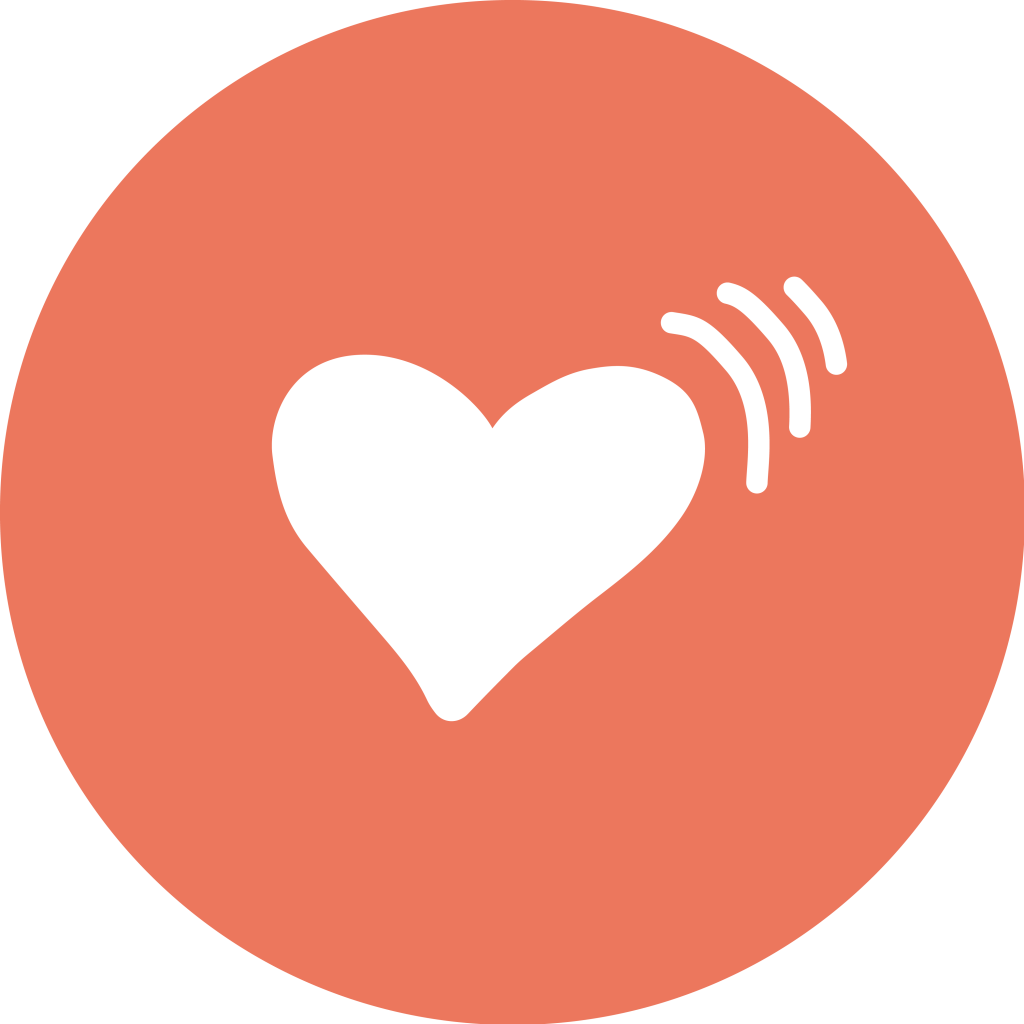

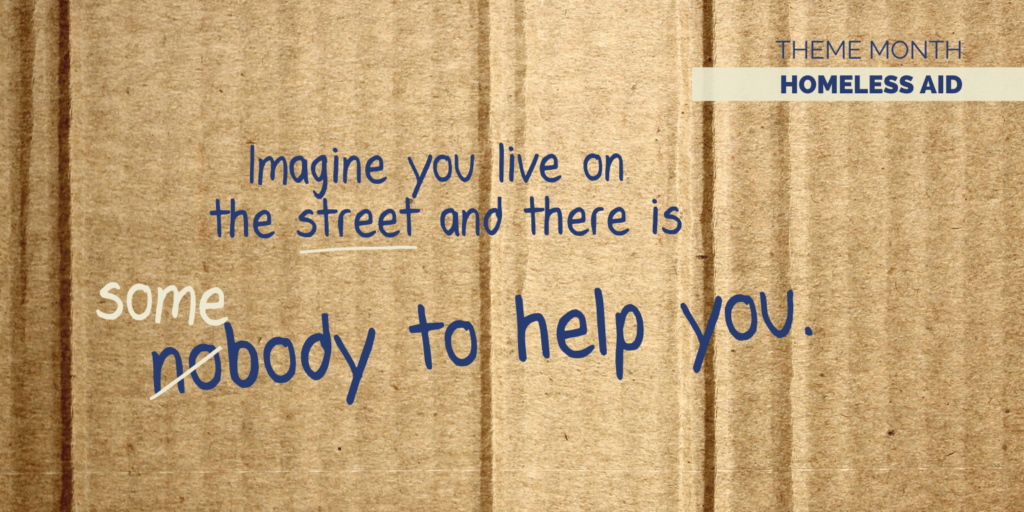
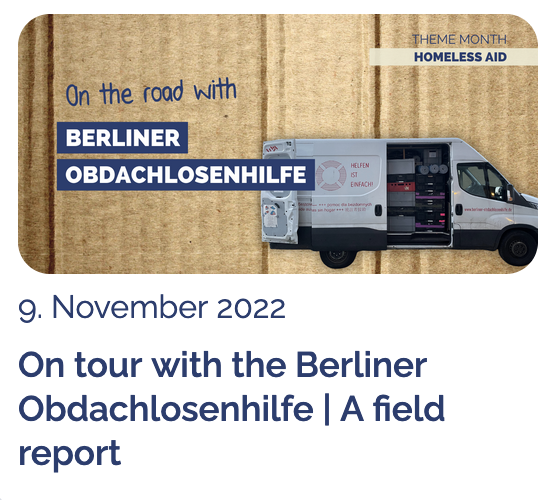
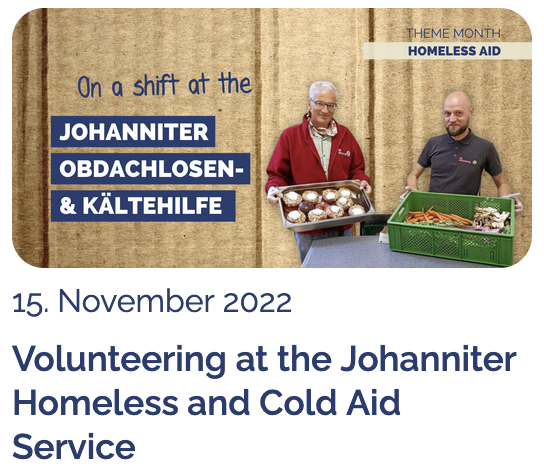
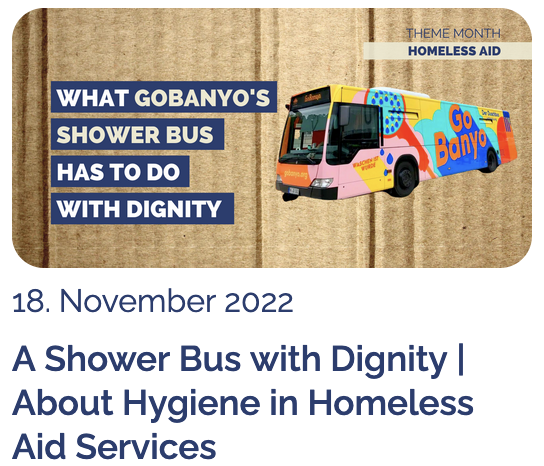
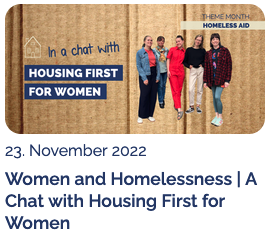
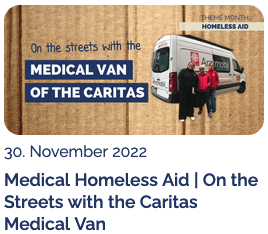
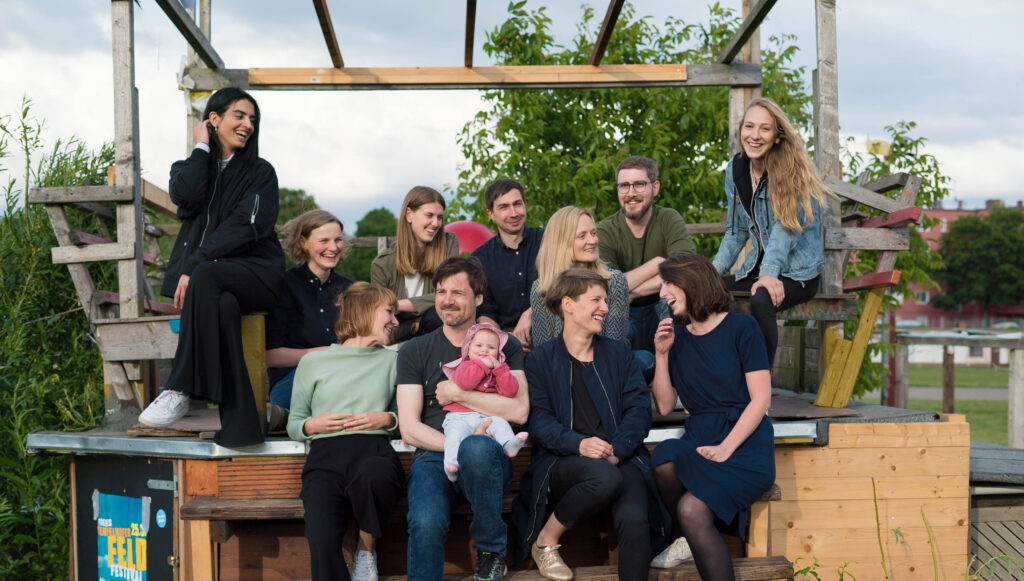
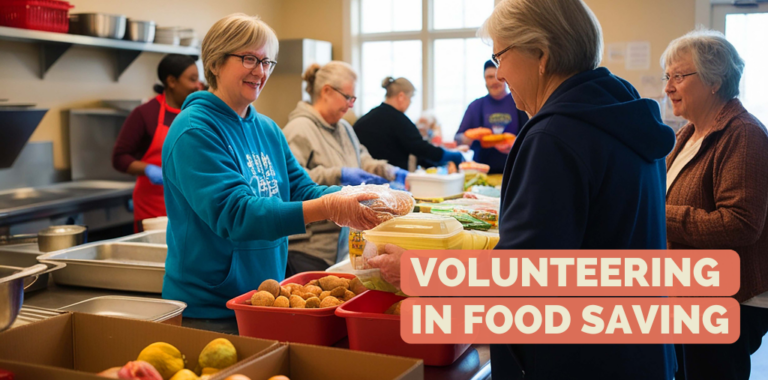
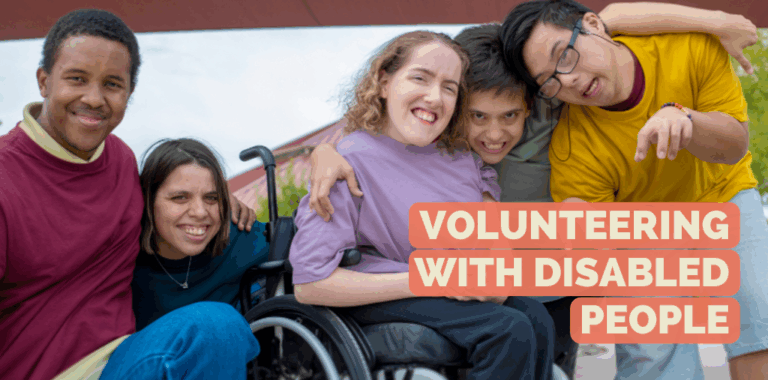
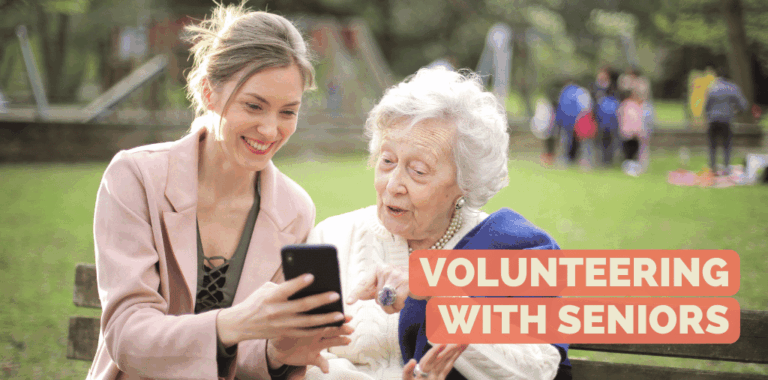
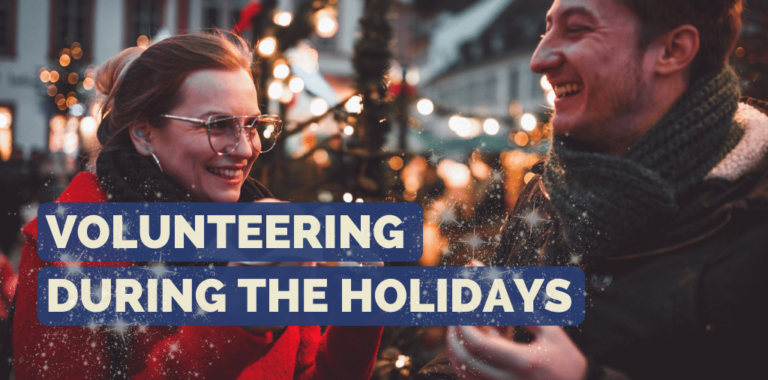
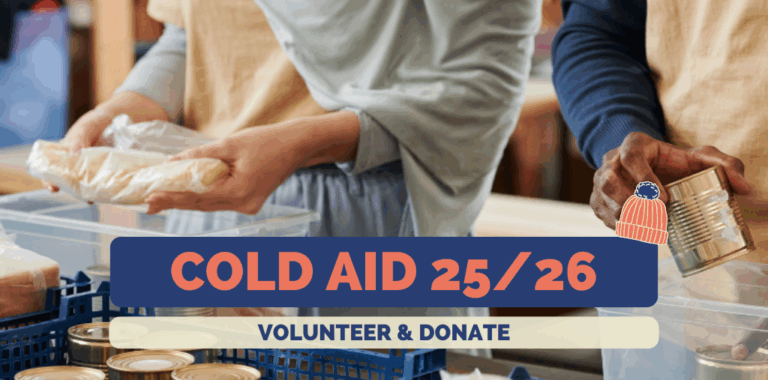
No Comments yet!